Irrigation idea to water the garden
tvglaser
last year
Related Stories
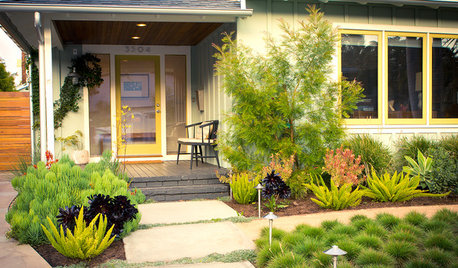
INSPIRING GARDENSBeach Cottage Loses the Lawn for a Stylish Low-Water Garden
Colorful plantings and soft exterior paint colors give a Southern California ranch cottage a fresh new look
Full Story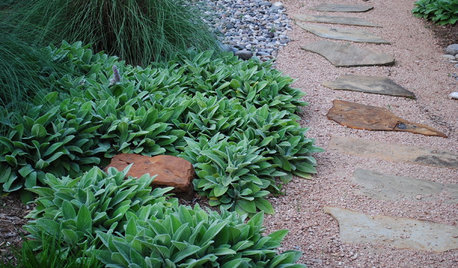
SAVING WATERLush Gardens With Low Water Needs
Drought tolerant doesn’t have mean spindly, brown and thorny
Full Story
SAVING WATERWater-Saving Strategies From 5 Earth-Friendly Gardens
Get ideas for setting up a rain garden, installing a water cistern, mulching garden beds, growing native plants and more
Full Story
LANDSCAPE DESIGNGet Along With Less Lawn — Ideas to Save Water and Effort
Ditch the mower and lower your water bill while creating a feast for the eyes with diverse plantings and gathering places
Full Story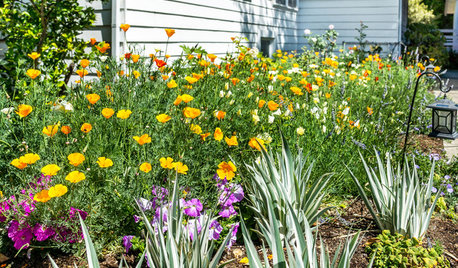
LANDSCAPE DESIGN10 Ideas for a Creative, Water-Conscious Yard
Check out these tips for a great-looking outdoor area that needs less water
Full Story
GARDENING GUIDES7 Ecofriendly Gardening Ideas That Also Cut Chore Time
Spend less time weeding, less money watering and more moments just sitting back and enjoying your healthy garden
Full Story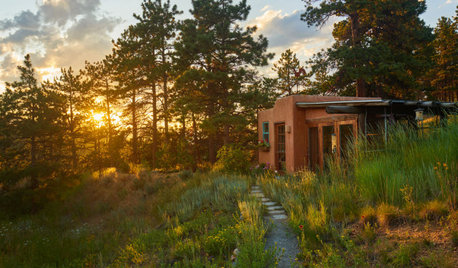
EARTH DAY12 Sustainable Gardening Ideas From Landscape Design Pros
Create a more earth-friendly garden by planting for pollinators, ditching pesticide use and more
Full Story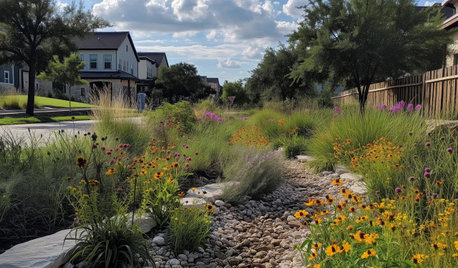
LANDSCAPE DESIGN10 Gardens That Capture and Drain Water With Style
Landscape pros design beautiful and hardworking gardens that effectively drain and manage rainwater and runoff
Full Story
GARDENING FOR BUTTERFLIESBring on the Birds: Natural Habitat Ideas for Gardens of All Sizes
Provide nesting, watering and perching spots inspired by the Costa Rican jungle and watch the birds flock on over
Full Story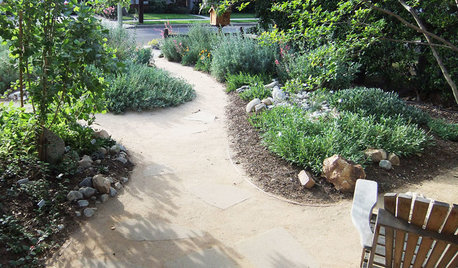
GARDENING GUIDES5 Things to Know About Watering Your Native Garden
Ensure the success of your new plantings with a smart approach to irrigation
Full StoryMore Discussions








krnuttle
tvglaserOriginal Author
Related Professionals
Columbine Landscape Contractors · Mount Sinai Landscape Contractors · New Berlin Landscape Contractors · Norristown Landscape Contractors · Pinellas Park Solar Energy Systems · Salisbury Landscape Architects & Landscape Designers · Stamford Landscape Contractors · Tigard Landscape Contractors · Discovery Bay Window Contractors · Markham Fence Contractors · Ramona Fence Contractors · Summit Fence Contractors · Maple Valley Landscape Architects & Landscape Designers · Fuquay-Varina Landscape Contractors · Sammamish Landscape Contractorsdchall_san_antonio
tvglaserOriginal Author
dchall_san_antonio